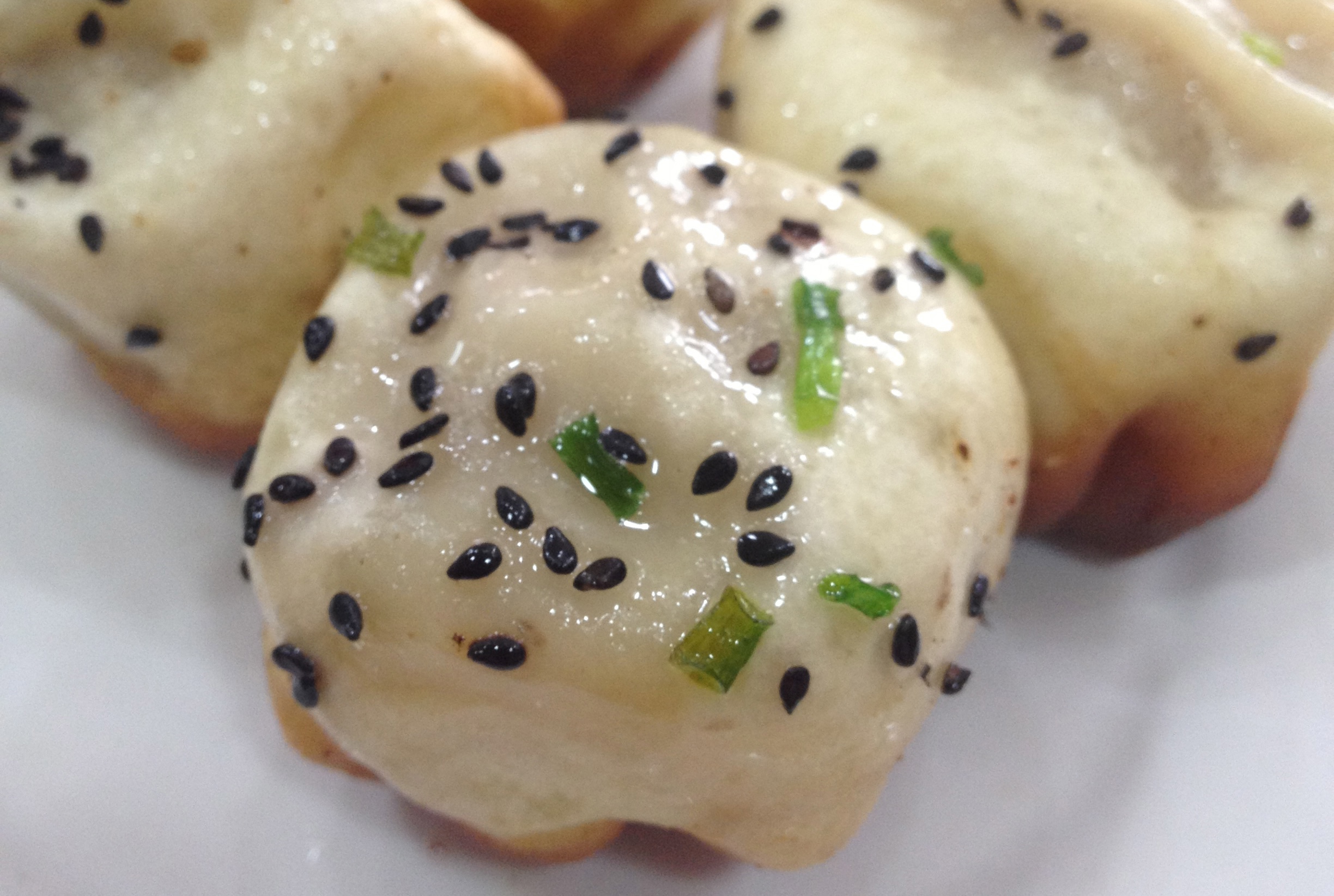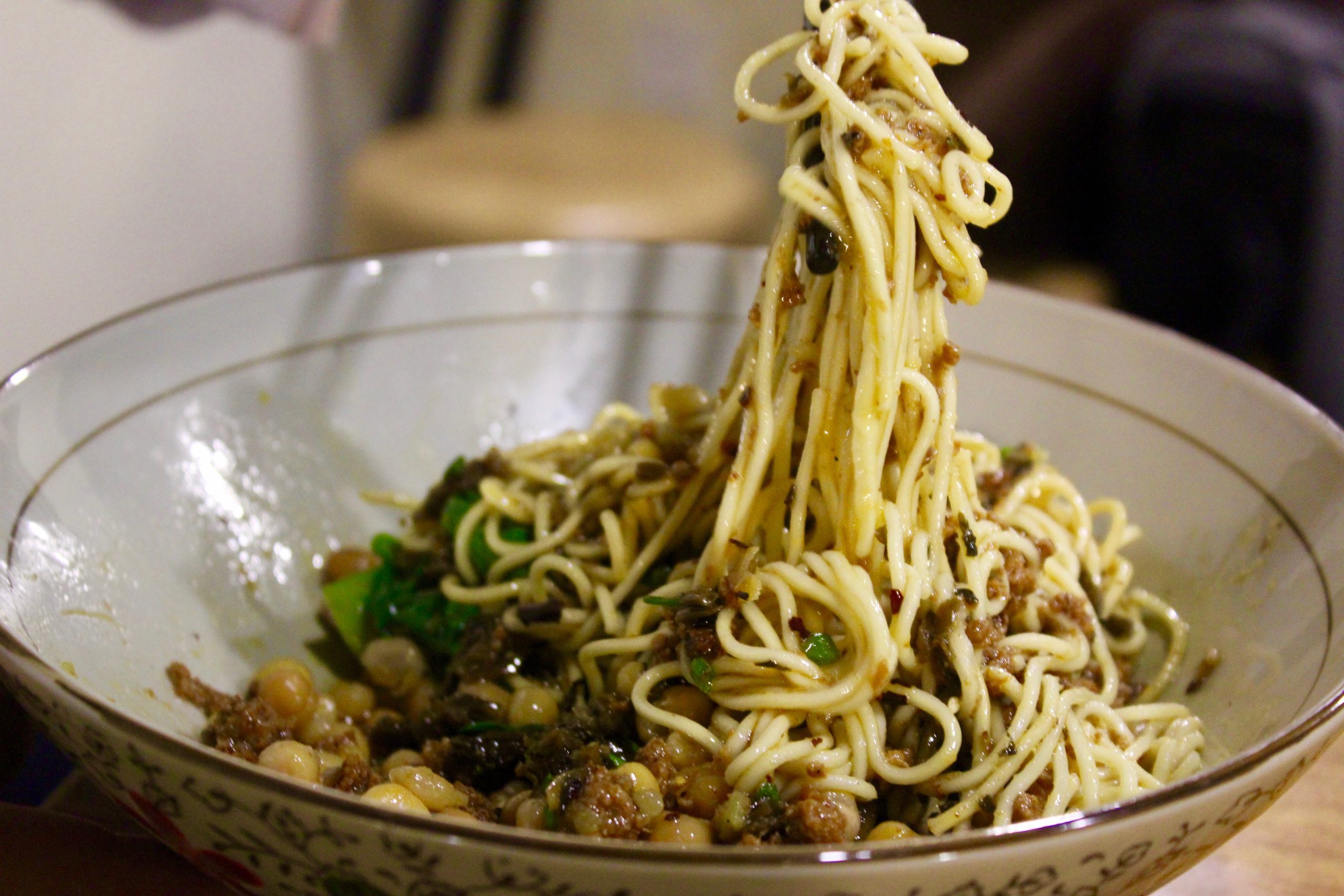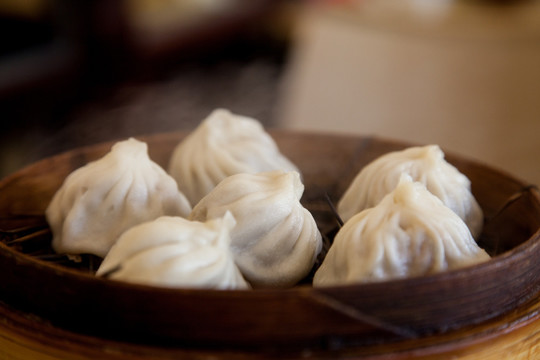For many travellers, Shanghai Hongqiao Railway Station is more blur than memory.
Got my passport? ✅
Security? ✅
Gate number? Ugh… way on the other side.
If you’re one of those who likes to arrive early enough to avoid the stress of a mad dash to your train, your waiting ritual might involve a stop at Starbucks, KFC, or McDonald’s for something familiar. But may we suggest broadening your culinary horizons next time?
Because hidden among the fast-food chains and coffee counters is something unexpected — a culinary map of China condensed into one building. While most of these are chain restaurants (the only ones who can afford rent in China’s third-busiest train station), they still offer a delicious — and often healthier — alternative to the usual grab-and-go options. Think of it as an edible journey through China’s regional cuisines, before your actual journey begins.
小杨生煎 (Xiǎo Yáng Shēng Jiān)
Origin: Shanghai
Must-try: Pork pan-fried buns (生煎包 shēngjiān bāo)
This local institution-turned-chain empire hardly needs an introduction. Each bun comes with soup inside, a golden crispy base, and a sprinkle of sesame seeds and scallions on top. Bite carefully unless you want a pork-juice geyser.
Pro tip: Add a bowl of seaweed-and-egg soup to balance the richness.
重庆小面 (Chóngqìng Xiǎo Miàn)
Origin: Chongqing
Must-try: Spicy mixed noodles (碗杂面 wǎn zá miàn)
While the signature soup noodles sound good, they take forever to cool down — not ideal when your train’s about to board. Go for the wǎn zá miàn instead: chewy noodles topped with minced pork, cowpeas, doubanjiang (fermented fava bean paste), tianmianjiang (sweet bean sauce), garlic, and ginger. A rich mix of chilli oil, ground Sichuan peppercorn, and sesame oil waits at the bottom — so stir well.
Pro tip: Ask for “微辣” (wēi là – mild spice) if your train is longer than three hours.
老盛昌 (Lǎo Shèng Chāng)
Origin: Suzhou / Jiangnan region
Must-try: Soup dumplings (鲜肉汤包 xiānròu tāngbāo) or scallion noodles (葱油拌面 cōngyóu bànmiàn)
Their soup dumplings may not have the thinnest wrappers in the city, but they’re steamed fresh and hit the spot when you’re hungry. The scallion oil noodles, meanwhile, are pure Shanghai comfort: simple, fragrant, and satisfying.
Pro tip: In a rush? Ask for their takeaway box made specifically for soup dumplings.
老乡鸡 (Lǎo Xiāng Jī)
Origin: Anhui
Must-try: Steamed chicken set meal (白斩鸡套餐 báizhǎnjī tàocān)
A canteen-style favorite for travelers who like to point and choose, this spot often has the longest queues, always a good sign. Expect a hearty “meat-and-three”-style meal featuring báizhǎnjī (poached chicken), rice, and sides of your choice.
Pro tip: If the opportunity arises, grab whatever is coming out fresh from the kitchen.
如意菜饭 (Rúyì cài fàn)
Origin: Zhejiang
Must-try: Vegetable rice (菜饭 càifàn)
Càifàn literally means “vegetable rice,” and this humble staple is comfort in a bowl, but vegetarians should note that it usually comes with pork mixed in despite the name. Unlike chǎofàn (fried rice), which is stir-fried in a wok with oil, càifàn is steamed with finely chopped greens (often mustard leaves), making it lighter and more homely than greasy or smoky.
Pro tip: Add the fried pork strips if you’re still needing that greasy hit.
Looking for more delicious tips about where to eat? Join one of our food tours in Shanghai, Beijing, Hong Kong, or Chengdu! Check out our calendar to book your spots.








Leave a Reply